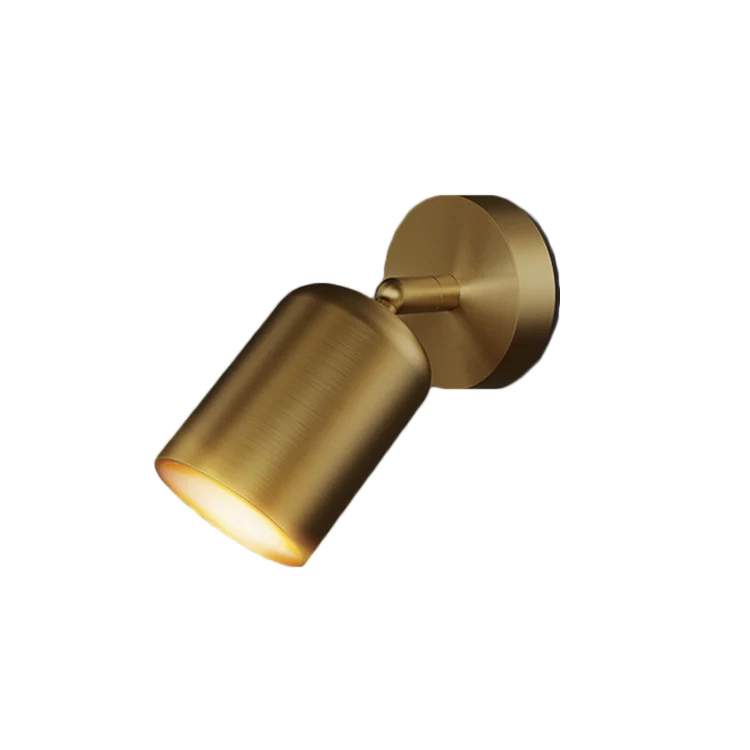LEAFLETS
PRODUCTS
Modern Table Lamp Designs
Materials and Finishes: A Symphony of Textures
Modern table lamp designs showcase a remarkable diversity in materials, pushing the boundaries of traditional aesthetics. Metals, such as brushed steel, polished brass, and matte black aluminum, are frequently employed to create sleek, contemporary silhouettes. The inherent qualities of these materials – their reflective properties, their tactile surfaces – contribute significantly to the overall feel of the lamp. For instance, the cool, industrial feel of brushed steel contrasts sharply with the warm, luxurious glow of polished brass, offering designers a vast palette of options.
Beyond metals, wood, concrete, and even recycled materials are increasingly incorporated into modern table lamp designs. The natural grain of wood can lend a rustic charm or a sophisticated elegance depending on the finish and species. Concrete offers a raw, industrial aesthetic, while the use of recycled materials speaks to a growing consciousness about sustainability and environmental responsibility. These choices not only affect the lamp's visual appeal but also contribute to its overall environmental footprint, a factor becoming increasingly important to discerning consumers.
Furthermore, the finishes themselves play a crucial role. Powder-coating, for example, allows for a wide range of colors and textures, adding another layer of customization. A matte finish can create a subtle, understated elegance, while a high-gloss finish can add a touch of drama and sophistication. The careful consideration of both material and finish is essential in achieving the desired aesthetic and ensuring the lamp harmonizes with its surroundings.
Shapes and Silhouettes: Defining Modern Aesthetics
Modern table lamp designs often prioritize clean lines, geometric forms, and minimalist aesthetics. Simple, cylindrical shapes are frequently seen, reflecting a preference for understated elegance and functionality. However, this minimalist approach doesn't preclude creativity; designers often play with proportions, creating lamps with elongated necks or oversized bases to add visual interest.
Beyond the simple cylinder, other geometric shapes like cones, cubes, and spheres are also prevalent. The interplay of different shapes and angles can create dynamic and visually compelling designs. Asymmetrical forms are also gaining popularity, offering a departure from the strict geometric purity of some more traditional designs. These unexpected shapes challenge conventions and add a touch of playful unconventionality to the overall aesthetic.
The silhouette of the lamp is crucial in determining its overall impact. A tall, slender lamp can create a sense of verticality and elegance, while a shorter, wider lamp can feel more grounded and substantial. The interplay of light and shadow created by the lamp's shape also adds to its visual appeal, enhancing the ambiance of the surrounding space. The careful consideration of shape contributes not just to the lamp's visual impact, but also its practicality and ability to interact harmoniously with the existing furniture and decor.
Lighting Technology: Functionality Meets Innovation
Modern table lamps have benefited greatly from advancements in lighting technology. LED technology, in particular, has revolutionized the industry, offering energy efficiency, long lifespan, and a wide range of color temperatures. This allows for a greater level of control over the ambiance created by the lamp, from cool, crisp white light ideal for focused tasks to warm, inviting hues perfect for relaxation.
Dimmable functions are also becoming increasingly common, allowing users to adjust the brightness to suit their needs and preferences. This level of control further enhances the lamp's versatility, making it adaptable to a variety of moods and activities. Smart lighting technology is also integrated into some designs, allowing users to control the lamp's brightness and color temperature remotely using a smartphone or smart home system.
The type of light emitted – directional, diffused, or ambient – is another important consideration. A directional lamp is ideal for focused tasks like reading, while a diffused lamp provides softer, more ambient illumination. Some lamps even incorporate multiple light sources or adjustable shades to offer a flexible range of lighting options. This blend of sophisticated technology and user-friendly functionality enhances the overall user experience and reinforces the lamp's central role in creating the desired atmosphere.
Style and Integration: Harmonizing with Interior Design
Modern table lamps are designed to seamlessly integrate into a wide array of interior design styles. Minimalist designs often feature clean lines and neutral colors, complementing contemporary and Scandinavian aesthetics. Industrial-style lamps, with their exposed metalwork and raw textures, are perfect for lofts and spaces with a more rugged aesthetic.
Mid-century modern influences are also evident in many designs, often featuring tapered forms and warm wood tones. These lamps can add a touch of vintage charm to a variety of settings. The integration of the lamp into the existing decor is paramount. The color, material, and style of the lamp should complement the surrounding furniture, wall colors, and overall ambiance of the room.
Ultimately, the success of a modern table lamp design lies not only in its inherent aesthetic qualities but also in its ability to enhance the overall atmosphere of a space. It should be more than just a source of light; it should be a carefully considered design element that contributes to the overall harmony and personality of the room. Choosing a table lamp is about more than just functionality; it’s about expressing individual style and creating a space that feels truly personal and inviting.
SUBSCRIBE
INQUIRY










